
Reinventing the Horror Game with Rubycone Games' Hektor - Preview
by VGChartz Staff , posted on 31 January 2015 / 10,892 ViewsWith Rubycone Games’ first title - Hektor - due for imminent release on Steam this February 20th, I managed to chat with three of the developers from the five person team. The developers were:
Felix Nordanåker - Project Lead
Michael Notarnicola - Programmer
Shaun Chasin - Composer & SFX
If you haven't heard of Hektor before you can check out the YouTube trailer below for a quick snippet of game:
Synopsis/Setting
Hektor is a horror game that takes place during the cold war, in a defunct research facility beneath Greenland. The game world itself is dynamic, with corridors shifting and changing the second you move to a new one, ensuring you’re constantly on edge as a player. You’ll soon start to realise you’re not alone in this facility, with the gameplay changing between exploration and survival on the fly. I questioned the team's inspirations behind the game, and Felix answered that games like Penumbra by Frictional Games were a key inspiration.
The setting allowed both the artist and programmers greater freedom in how they went about designing levels. When I asked which came first - the story or the gameplay - I was told that the gameplay and world/aesthetics were made first, with the story then fitting in nicely with the environments that were being created.
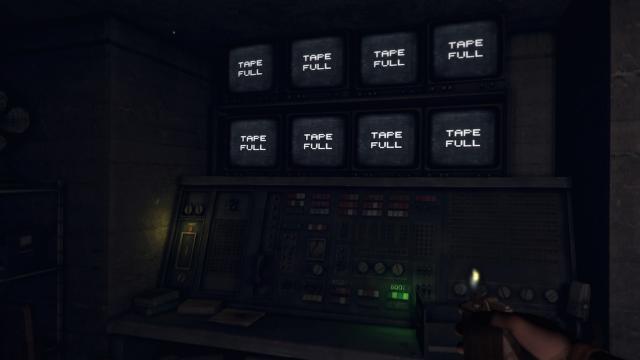
The Engine/Graphics
Whilst the game was developed using Unity, which is a fairly standard platform these days, the team worked hard to produce a procedural system which they’ve happily coined “jigsaw”, and which they thanked Michael and Johan (who was not present) for creating. The procedural generation of the world happens behind the player, so should you walk into a new room after walking through a corridor, you can turn around and find it’s a completely different corridor to the one you just traversed. This sounds extremely original from a horror stand point, where most games in the genre like to push you down a very linear, contrived path so that you can experience scripted scares.
The team also pointed out that this jigsaw system is also tied to your character's insanity levels, so the more insane your character becomes from encountering monsters or running around, the greater the likelihood that the corridors change in a specific way to make the game scarier and even more unfamiliar.
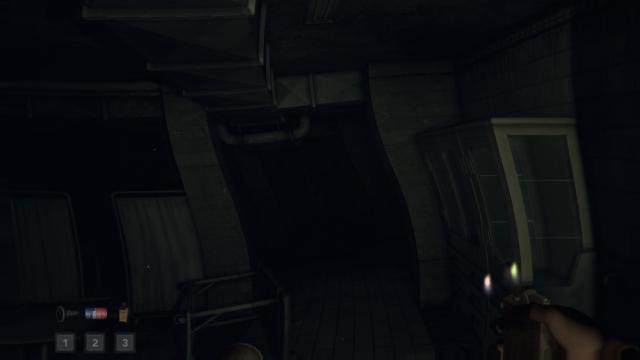
Speaking of insanity, when your sanity slips Hektor becomes blurry thanks to a Depth of Field process, not unlike that seen in other horror games. Where Hektor differs, though, is in the way that the geometry of the world also scales and changes shape depending on how scared you are, ensuring you are always on your toes. This isn’t to say the whole game is weighted against the player, I was told, just that the team has spent a long time balancing the horror of the game with its dynamism.
Story
Given the procedural generation of the world, I wondered how the story would work. I was told by Felix that there will be set-pieces in the game. Every player will always encounter these specific rooms, so they will always experience key parts of the game's narrative. Otherwise, it’s up to the players to explore the environment and find notes or other details dotted around the levels that will slowly complete the story.
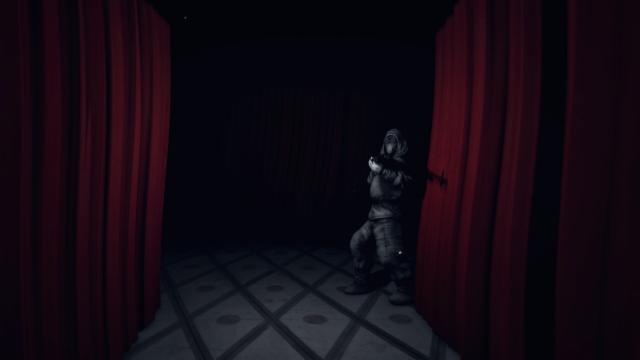
Sound Design
Speaking with Shaun, I learnt that the game will include both static music (played whilst you’re exploring the environment), as well as dynamic music, which will play depending on the scenario you find yourself in. There will also be an “insanity” track, which will increase in volume and sound as your character loses control of their senses. Along with these different types of music, monsters also have their own individual songs, allowing for a more atmospheric encounter depending on which one you come across whilst exploring.
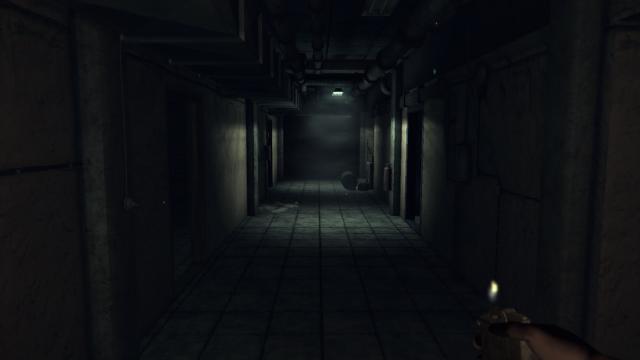
Horror
When I pressed for information from the team about the amount of monsters found in the game, I was given the vague answer of “3-4”. Felix expanded on this, and explained that some of the monsters have been tweaked and worked on more than the others, with the latter's behaviour being comparatively more random.
The team hope the “Jigsaw” system really stands out, in that it makes players confused and even more tense whilst they’re running away from monsters or other things they encounter, giving an unnerving sensation that you’re never really safe. It was interesting to learn that at one point the team considered including permanent death, so should you get caught by any of the monsters you’d need to start the game again from scratch. They scrapped this idea, as it pushed against the player too much, so now if you die you’ll be placed back into the level at a key moment. When I asked why this was changed, the team responded that it was a constant challenge ensuring the player found the game tough but not so tough that they became frustrated and quit the game, so there are times when the procedural generation may actually work in your favour to help you out.
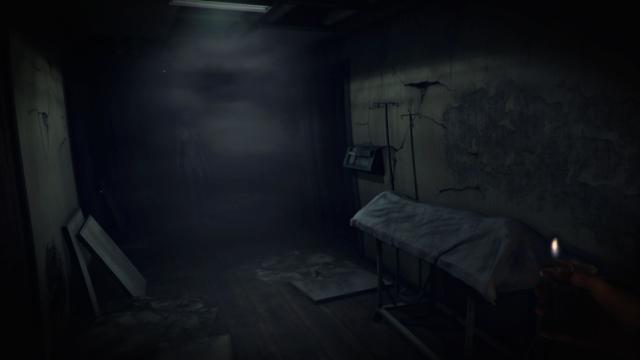
The Future
Speaking with the team as a whole, I asked what their plans for the future were. They all agreed that they would love for the game to appear on additional platforms in the future. Given the graphical quality of the game and its unique dynamic world, I wouldn’t be surprised if they succeeded in porting the game to PS4 and Xbox One at some point.
Hektor will be released on Steam this February 20th, 2015.








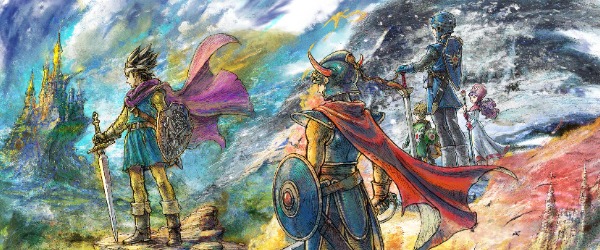













 Essay Pro
Essay Pro